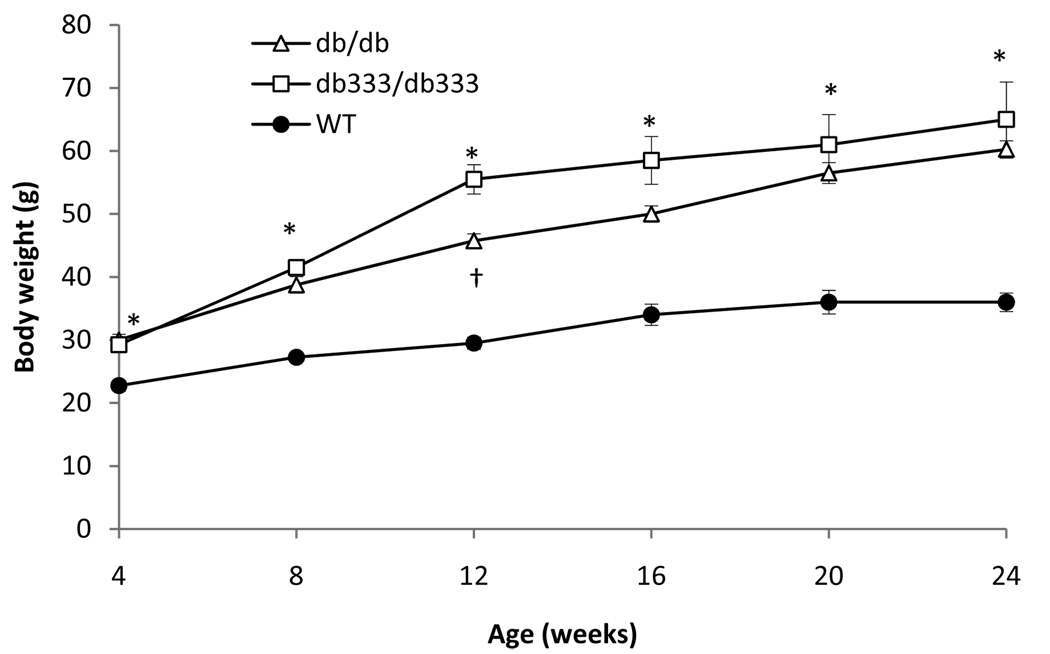Figure 3. Growth curve of male db333/db333, db/db and WT mice.
Both db333/db333 and db/db mice have significantly greater body weights than WT littermates from as early as 4 weeks of age and throughout this 24wk monitoring period. db333/db333 mice display consistently higher body weights than db/db mice from 8 weeks to 24wks of age but this trend only reached statistical significance at one time point († P<0.05 at 12wks). At 24wks of age db333/db333 mice display a higher body weight than db/db mice but this trend is not statistically significant at this time point. At 24wks of age db333/db333 and db/db mice have significantly greater body weights than WT littermates (db333/db333 65.0 ± 5.9g; db/db 60.25 ± 1.38g, WT 36.25 ± 1.70g, P<0.05). Data represent the mean of 5 male mice per genotype weighed monthly from 4 weeks to 24 weeks of age. Significant (P<0.05) differences between db333/db333 and WT group means are denoted by asterics, differences between db/db and db333/db333 mice are denoted by †. All significant differences were determined by one way ANOVA and post hoc Tukey test. Data are presented as means ± SE.

